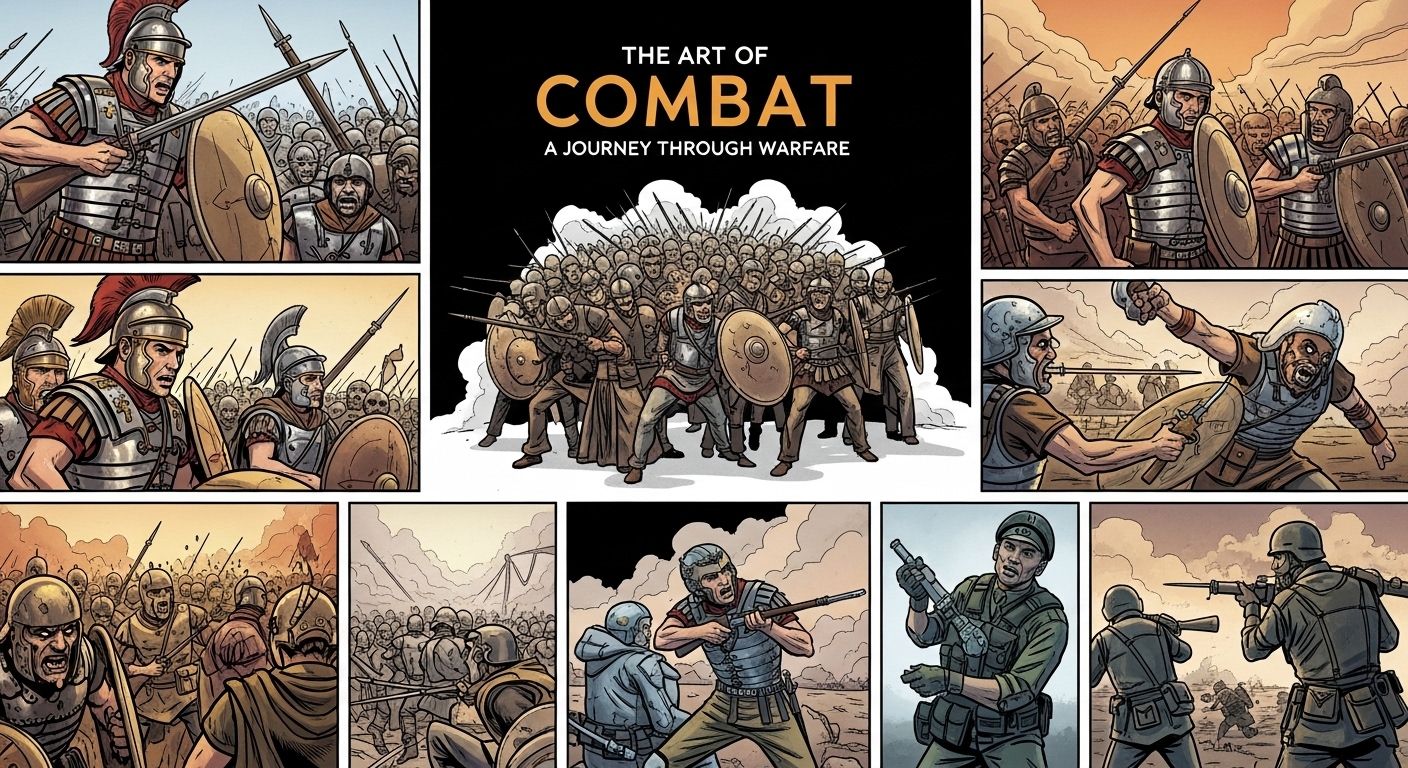Combat: Exploring the Art and Science of Warfare
Introduction
Combat, the art of engaging in armed conflict, has been an integral part of human history since time immemorial. From ancient battles fought with swords and shields to modern warfare involving advanced technology, combat has evolved significantly over the centuries. In this blog post, we will delve into the rich history, significance, applications, and future trends of combat, shedding light on this enduring aspect of human civilization.
History of Combat
The history of combat can be traced back to the earliest civilizations, where tribes and nations engaged in battles to defend their territories or expand their empires. Ancient warfare was often characterized by close combat using melee weapons such as swords, spears, and axes. The strategies and tactics employed in battles were crucial for determining the outcome, with military leaders like Alexander the Great and Julius Caesar gaining fame for their prowess in combat.
As societies progressed, so did the methods of combat. The Middle Ages saw the rise of armored knights and siege warfare, while the invention of gunpowder in the 9th century revolutionized military tactics. The Industrial Revolution brought about even greater advancements in weaponry, leading to the mechanized warfare of the 20th century and the devastating conflicts of World War I and II.
Significance of Combat
Combat plays a significant role in shaping the course of history, determining the fates of nations and civilizations. It is through combat that borders are redrawn, ideologies are contested, and power dynamics are established. Beyond its historical importance, combat also serves as a means of self-defense, protecting individuals and communities from external threats.
Moreover, combat has cultural and symbolic significance, with martial traditions and warrior ethos being deeply ingrained in many societies. Martial arts, which originated as combat techniques, have evolved into disciplines that promote physical fitness, mental discipline, and spiritual growth. The values of honor, courage, and camaraderie associated with combat continue to resonate in modern society.
Applications of Combat
While combat is often associated with warfare, its principles and techniques have found applications in various fields beyond the battlefield. Martial arts, such as karate, judo, and taekwondo, are practiced for self-defense, physical fitness, and competitive sport. Military and law enforcement agencies undergo combat training to prepare for real-world scenarios and ensure operational readiness.
In the realm of entertainment, combat is a popular theme in movies, video games, and literature, captivating audiences with thrilling action sequences and epic battles. The art of stage combat is also utilized in theater productions to create dynamic fight scenes that entertain and engage audiences.
Future Trends in Combat
As technology continues to advance, the future of combat is poised to undergo further transformations. The rise of unmanned aerial vehicles (UAVs), cyber warfare, and artificial intelligence (AI) is reshaping the landscape of modern warfare. Military organizations are investing in research and development to enhance their capabilities in these emerging domains.
Additionally, the ethical implications of combat are being increasingly scrutinized, with debates surrounding the use of autonomous weapons and the impact of warfare on civilian populations. Efforts are being made to develop international norms and regulations to govern the conduct of armed conflicts and minimize the harm inflicted on non-combatants.
Conclusion
In conclusion, combat remains a complex and multifaceted phenomenon that continues to exert a profound influence on human society. From its ancient origins to its modern applications, combat reflects the ever-evolving nature of conflict and the human capacity for both destruction and valor. As we look to the future, it is imperative to approach combat with a sense of responsibility and foresight, ensuring that its practice aligns with ethical principles and contributes to the greater good of humanity.

